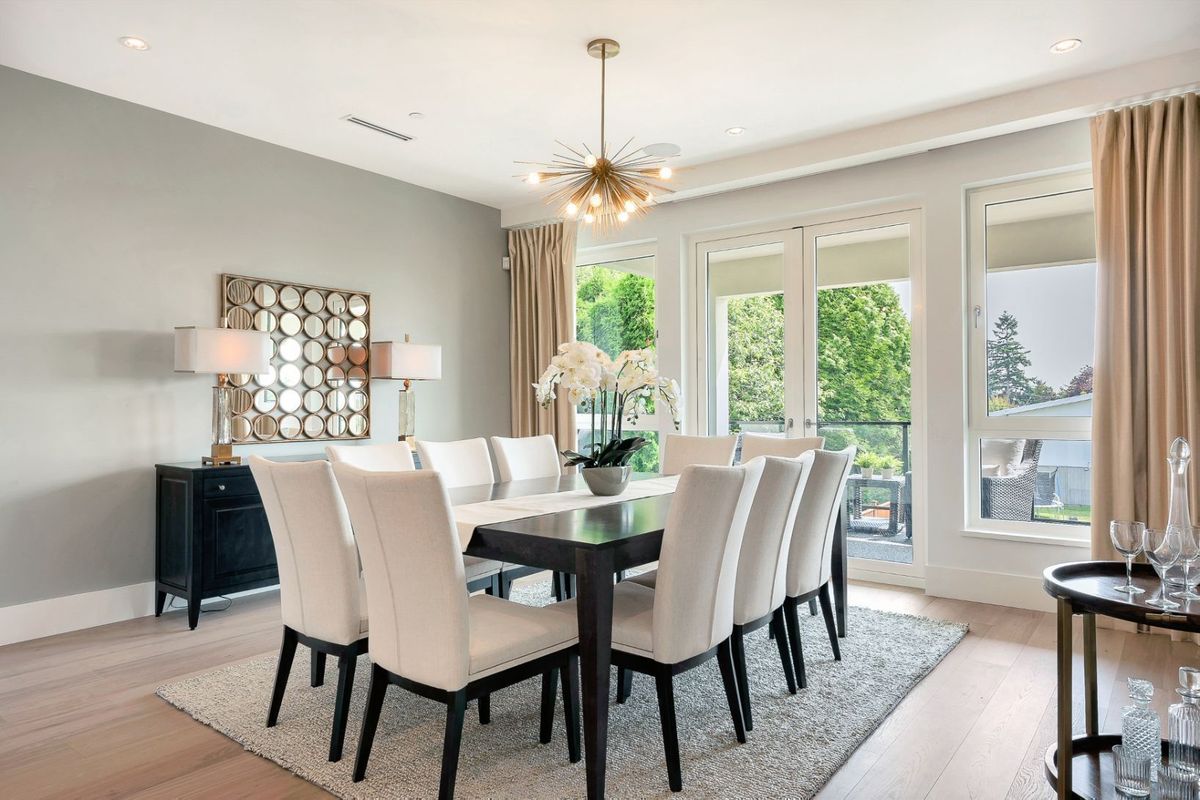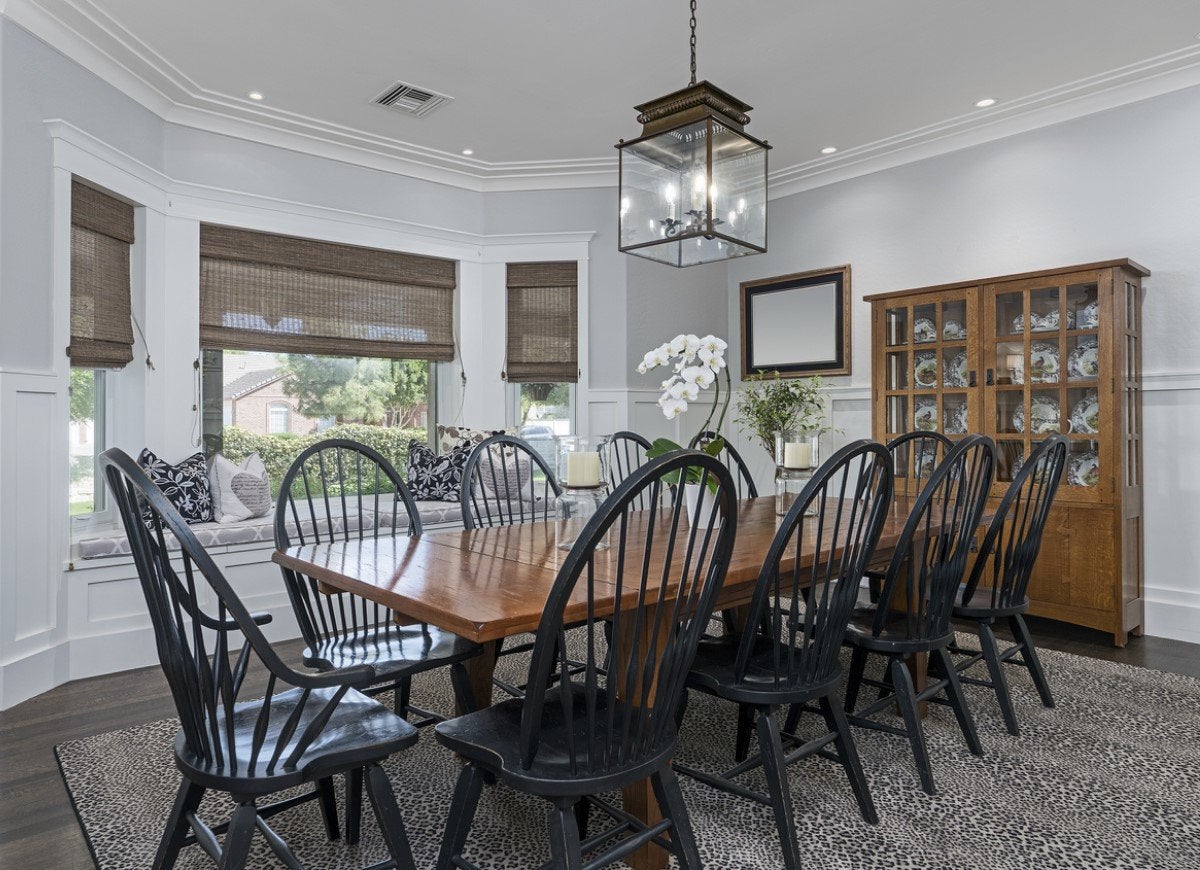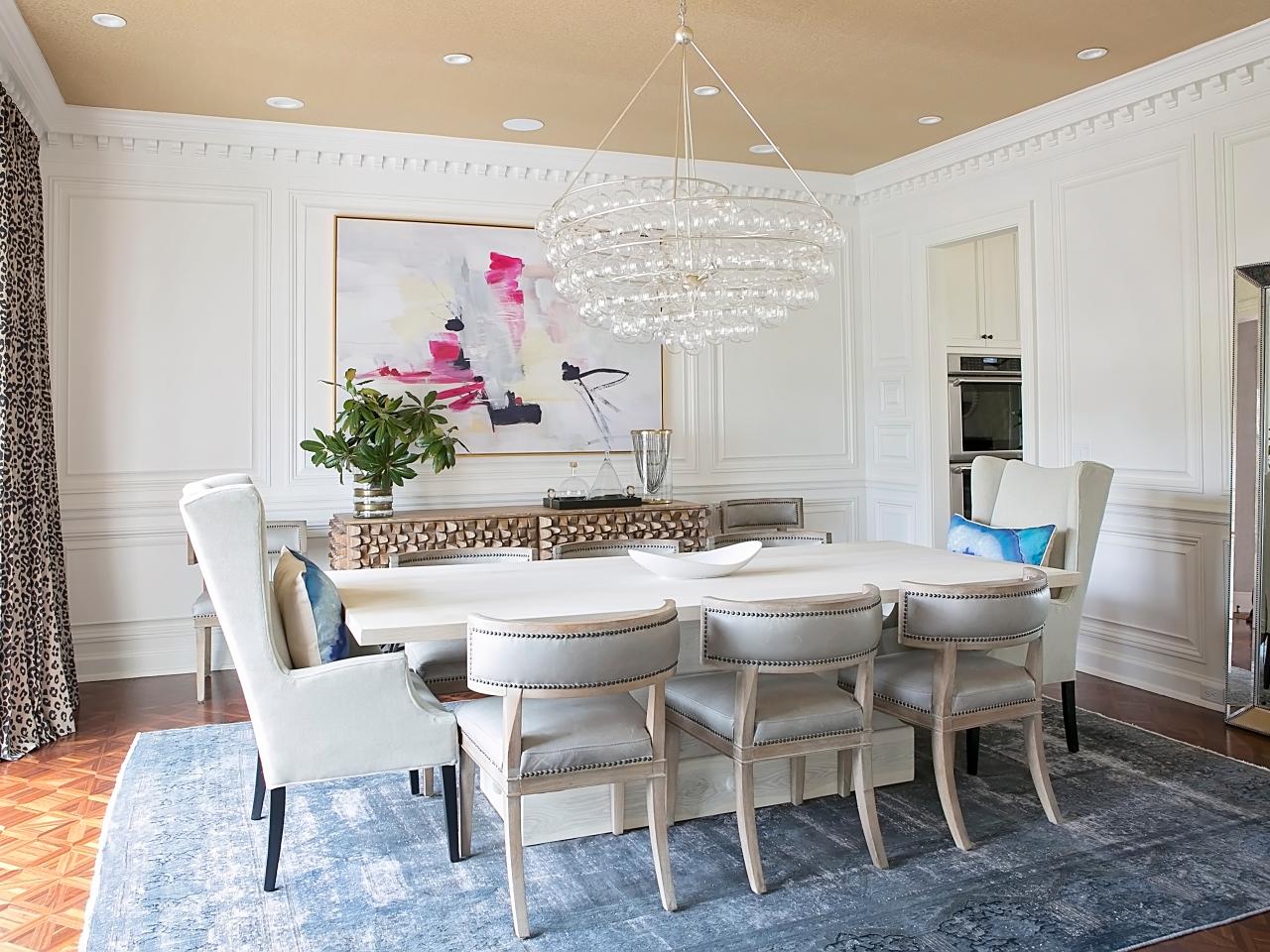Home>Furniture & Design>Living Room Furniture>Who Should Be Served First In A Dining Table


Living Room Furniture
Who Should Be Served First In A Dining Table
Published: January 6, 2024
Discover the proper dining table etiquette and learn who should be served first. Find the best living room furniture and design tips to elevate your dining experience. Explore more at [Your Website Name].
(Many of the links in this article redirect to a specific reviewed product. Your purchase of these products through affiliate links helps to generate commission for Storables.com, at no extra cost. Learn more)
**
Introduction
**
When it comes to dining, the seating arrangement is more than just a matter of logistics. It's a reflection of cultural norms, social dynamics, and personal relationships. Who should be served first in a dining table is a question that has been pondered over for centuries, and the answer varies depending on cultural traditions, etiquette, and modern considerations.
In this article, we'll delve into the fascinating world of dining etiquette and explore the diverse perspectives on seating arrangements. From traditional practices to contemporary customs, we'll uncover the intricate tapestry of social norms that govern who takes the coveted position at the head of the table. So, pull up a chair and join us as we unravel the complexities of dining etiquette and answer the age-old question: Who should be served first in a dining table?
Key Takeaways:
- Embrace cultural diversity and respect traditions when considering who to serve first at the dining table, reflecting the rich tapestry of social customs and values.
- Modern dining etiquette emphasizes inclusivity, flexibility, and accommodating diverse dietary needs, creating welcoming and enriching dining experiences for all.
Cultural Perspectives on Seating Arrangements
Seating arrangements at the dining table are deeply rooted in cultural traditions and can vary significantly across different societies. In many Eastern cultures, such as in Japan and China, seating arrangements are laden with symbolism and hierarchy. The concept of “kotatsu” in Japan, where the head of the household is traditionally seated closest to the entrance, reflects the importance of hierarchy and respect within the family unit.
Similarly, in Chinese culture, the seating arrangement conveys status and respect. The head of the family or the most esteemed guest is often seated at the head of the table, while younger or less prominent members are seated further away. This practice underscores the emphasis on filial piety and deference to elders.
Conversely, in Western cultures, such as in the United States and many European countries, seating arrangements are often more egalitarian. While there may be a traditional “head of the table,” the emphasis is on fostering an atmosphere of equality and camaraderie among diners. However, even in Western societies, formal occasions may still observe certain protocols, such as seating the guest of honor or the hostess in a position of prominence.
Understanding these cultural nuances is essential for navigating social interactions and demonstrating respect for tradition. Whether it’s adhering to the intricate customs of an Eastern tea ceremony or embracing the conviviality of a Western dinner party, the seating arrangement serves as a visual testament to the values and customs of a particular culture.
Etiquette and Traditional Practices
Etiquette surrounding seating arrangements at the dining table is steeped in tradition and serves as a reflection of societal norms and values. In many cultures, there are established protocols dictating who should be served first, and these customs are imbued with layers of meaning and significance.
In formal settings, such as a traditional English dinner, the host or hostess is typically the first to be served. This practice stems from the notion of hospitality and the responsibility of the host to ensure the comfort and well-being of guests. Following the host, honored guests or individuals of seniority may be served next, with the remaining diners being served in a clockwise or counterclockwise fashion, depending on the specific customs of the occasion.
In some cultures, such as in parts of India, the eldest or most revered member of the gathering is served first as a mark of respect. This venerable figure sets the tone for the meal and is accorded the privilege of being attended to before others. This practice underscores the reverence for elders and the deference accorded to those with wisdom and experience.
Moreover, religious and ceremonial gatherings often adhere to specific seating and serving customs. In a traditional Passover Seder, for example, there is a prescribed order for serving and consuming symbolic foods, each with its own significance and ritual. The placement of individuals and the sequence of service are integral to the observance of the ceremony and the conveyance of its spiritual and historical significance.
These traditional practices and etiquette surrounding seating arrangements serve as a means of upholding cultural heritage, expressing respect, and reinforcing social hierarchies. By adhering to these customs, individuals honor the values and traditions that have been passed down through generations, ensuring the continuity of cultural identity and social cohesion.
The general rule is to serve the guest of honor first, followed by the rest of the guests in a clockwise direction around the table. This shows respect and ensures everyone is served in an organized manner.
Modern Considerations
In today’s increasingly diverse and dynamic society, the dynamics of dining and seating arrangements have evolved to reflect contemporary values and lifestyles. The traditional protocols dictating who should be served first at the dining table have been influenced by shifting social norms, egalitarian principles, and the embrace of inclusivity.
One notable modern consideration is the emphasis on equality and inclusivity in dining settings. Many contemporary gatherings prioritize a more democratic approach to seating, seeking to foster an atmosphere of mutual respect and conviviality. This often translates to a more fluid and informal approach to serving, with less emphasis on rigid hierarchies and more focus on creating a welcoming and inclusive environment for all diners.
Furthermore, the concept of shared dining experiences, such as tapas-style meals or communal dining events, has gained popularity. In such settings, the traditional notion of individualized serving orders may give way to a more communal and interactive approach, where dishes are shared and enjoyed collectively. This shift in dining dynamics reflects a departure from strict formalities and a move towards embracing a more communal and shared experience.
Another modern consideration pertains to accommodating dietary preferences and restrictions. With an increasing awareness of diverse dietary needs and preferences, hosts and hostesses are mindful of serving individuals based on their specific requirements. This may involve taking into account allergies, ethical dietary choices, or cultural dietary restrictions, ensuring that all guests are catered to with sensitivity and consideration.
Moreover, contemporary dining experiences often prioritize flexibility and adaptability, allowing for a more personalized and comfortable approach to seating and serving. Whether it’s accommodating guests with mobility concerns, creating child-friendly dining environments, or ensuring accessibility for all individuals, modern considerations encompass a broad spectrum of inclusivity and thoughtfulness.
Ultimately, modern considerations in dining etiquette and seating arrangements reflect a broader cultural shift towards inclusivity, flexibility, and the celebration of diversity. By embracing these contemporary values, individuals and communities can create welcoming and enriching dining experiences that resonate with the spirit of the times.
Conclusion
The question of who should be served first in a dining table transcends mere culinary logistics; it embodies a rich tapestry of cultural traditions, social dynamics, and evolving customs. From the hierarchical seating arrangements of Eastern cultures to the egalitarian ethos of modern dining, the practice of serving individuals in a particular order reflects the values and customs of a given society.
Throughout history, seating arrangements at the dining table have been imbued with symbolism, tradition, and etiquette. They have served as a visual manifestation of hierarchy, respect, and communal values, shaping the dynamics of social interactions and reinforcing cultural identity.
As we navigate the complexities of contemporary dining, the principles of inclusivity, egalitarianism, and adaptability have emerged as guiding forces in shaping modern seating arrangements and serving customs. The emphasis on fostering inclusive and shared dining experiences, accommodating diverse dietary needs, and creating welcoming environments reflects a broader cultural shift towards embracing diversity and celebrating communal connections.
Ultimately, the question of who should be served first in a dining table is not merely a matter of precedence, but a reflection of the values and ethos that define our shared dining experiences. By understanding and honoring the diverse perspectives on seating arrangements, we can enrich our dining experiences, foster deeper connections, and embrace the cultural tapestry that weaves us together around the communal table.
So, whether you find yourself at the head of a formal dinner or gathered around a communal feast, remember that the act of serving and being served is a nuanced expression of cultural heritage, social dynamics, and the ever-evolving spirit of human connection.
Frequently Asked Questions about Who Should Be Served First In A Dining Table
Was this page helpful?
At Storables.com, we guarantee accurate and reliable information. Our content, validated by Expert Board Contributors, is crafted following stringent Editorial Policies. We're committed to providing you with well-researched, expert-backed insights for all your informational needs.
















0 thoughts on “Who Should Be Served First In A Dining Table”